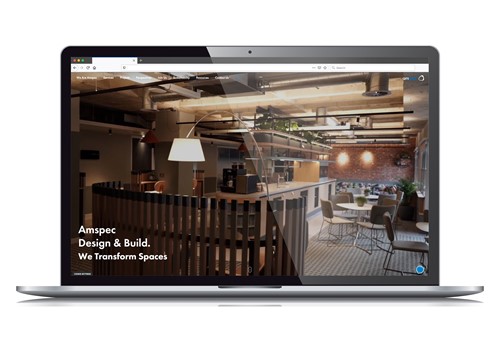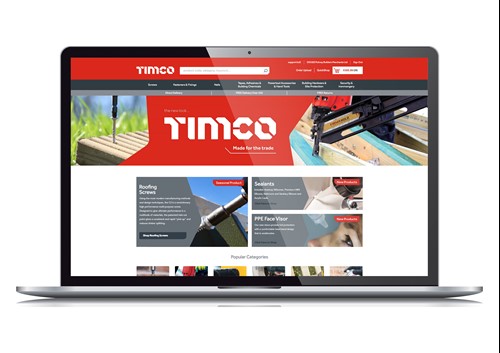According to a recent survey, nearly half of UK businesses aren’t confident in their website’s ability to impress clients or prospects.
The research, which was undertaken by content management system (CMS) provider Storyblok who surveyed 500 business leaders at mid-sized businesses asking a range of questions about their company’s website performance, discovered that 48% of them said their website had actually embarrassed them in front of a prospect or customer.
Nearly every business in the survey - 92% - felt that their e-commerce website’s poor user experience was also costing them sales, with 30% estimating that this exceeds £100,000 annually. Reinforcing this is an earlier Storyblok survey of 6,000 consumers which found that 60% of them abandon an average of 5 purchases a year due to a poor user experience.
It seems that an “embarrassing” website is often a fact of life. We frequently talk to business owners who dread the thought of a prospect visiting their site during the sales process in case it puts them off. Sometimes it can be actually be doing more harm than good and we have to advise them to take it down and replace it with a temporary holding page whilst we build the new one. ‘Latest News’ sections that haven’t seen a story since 2021, profiles of ‘Key People’ who left some time ago, products that are no longer available or missing case studies of the most recent projects, it all creates a terrible impression that inevitably reflects badly on the business and can result in a prospect wandering off without engaging at all. What makes this worse is that usually, you just never know.
It’s important to remember that your website is a living, breathing, evolving thing. If it never changes there’s no reason for someone to go back to it. If it contains out of date content it reflects very badly on the business, hence the embarrassment, and it also means that you’re not making the most of your latest and greatest achievements by telling the world about them.
This does involve effort however and a level of investment, both of the company’s resource and potentially external marketing and web developers. Where the site is built on a good content management platform, this can be easily handled in-house as news stories and case studies, including all types of media, can all be added and edited. For example, our own CMS solution is Umbraco which is incredibly user friendly, very flexible and cost effective. The platform makes it very easy to add and edit content and even to restructure pages through the use of content blocks - complete sections within a page. Umbraco is also Open Source, meaning that any changes or additions to its functionality can also be made. The choice of which CMS and the investment in it is a critical factor in enabling a site’s continued evolution, but this needn’t be expensive.
“Many businesses believe that marketing technology is inherently very expensive and is difficult and time-consuming to get right. This is no longer the case.” Dominik Angerer, Storyblok CEO.
Even with a good CMS as a tool, some businesses prefer to outsource the creation and publishing of articles to an external agency or consultant, usually dependent on their available in-house resource or skills. This is a service we provide to some clients both on an ongoing basis and to supplement their internal teams as and when needed. We also provide more specialist services, such as video production, which might be more practical to outsource. Finally, most sites we build are continuously developed to take advantage of emerging technologies and changes within the client’s business.
It’s no coincidence that the clients we work with who continually invest in their sites to maximise performance are seeing the biggest benefits, here’s a couple of examples:
From a content perspective our client Amspec, a high-end refurbishment and building company [see www.amspec.co.uk] provide a good use case. We work very closely with their in-house marketing executive on various projects with a focus on the production of video case studies of their work during the build and on completion. Typically we’re spending 2 to 3 days a month producing high quality content which is added to the site, as well as shared on social media, to generate an increasing flow of leads and sales.

And from an e-commerce perspective, we provide a continuous development service to Timco, distributors of screws and fastenings to the building trade [see timco.co.uk] usually for 15 to 20 days a month, working within a 12 to 18 month roadmap. Again, this is an investment which has brought significant results. online sales have risen from below 8% of turnover to now achieving over 65%, which has underpinned an overall revenue rise of £10M last year £50M to £60M last year.

Websites have become a business critical tool, especially in B2B. Whether that’s as a direct selling channel, in which case it’s absolutely vital to success, or at the very least as a point of verification when researching a potential supplier. If the thought of a prospect or customer visiting it makes you feel in anyway nervous or embarrassed, maybe it’s time to look at improving or replacing it.

